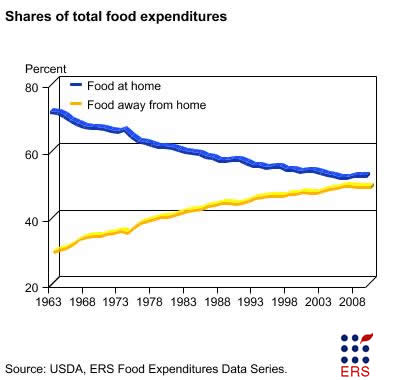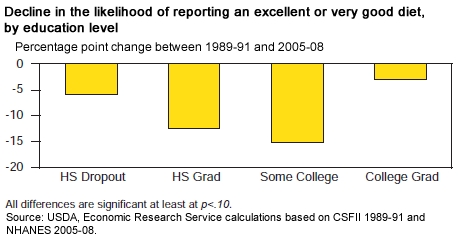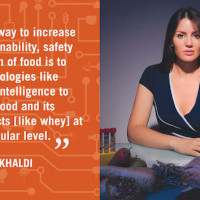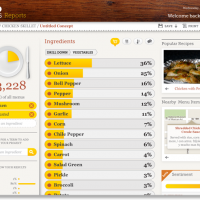Entrepreneurial Opportunity: There is huge potential for creating recipe, restaurant nutrition and grocery shopping tools that cater to non-English speakers. Additionally, educational tools targeted at different age groups and those trying to follow specific diets are also promising ventures.
Like our past overuse of credit cards and our habit of buying homes priced far beyond our means, the great excesses of the American diet have too been part of a national denial. Sold on soda, chips and hamburgers, we have eaten too much (and of the wrong things) for too long, and claimed our diet was still healthy and nutritious.
But a new study released in September by the USDA reveals that perhaps the reality of what we eat is finally hitting home. Over the past twenty years, the American public has actually changed its perception of our diet, opening the door for educational opportunities to continue the trend.
How Americans Rate Their Diet Quality: An Increasingly Realistic Perspective shows that in the past “research has shown that consumers tend to perceive that their diets are better than they are relative to widely accepted dietary guidance.” Yet from 1989-91 to 2008, there was a “reduced optimistic bias in Americans’ views of their diets—and perhaps greater receptiveness to information about the relation-ships between diet and health.”
Importantly, these changed perceptions seem to be largest among Hispanics and people underweight, overweight (and obese) and those younger than 65. The biggest changes also seem to be in those with a high school education and those with some college education.
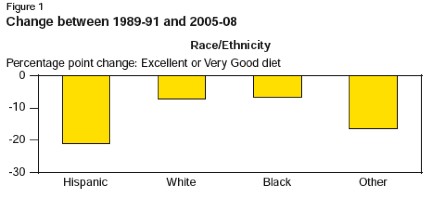 The opportunities for further education about foods eaten both inside and outside the home are abundant, since according to ERS’s Food Marketing System both industries are thriving. Consumers spent about $1.24 trillion dollars on food in 2010.
The opportunities for further education about foods eaten both inside and outside the home are abundant, since according to ERS’s Food Marketing System both industries are thriving. Consumers spent about $1.24 trillion dollars on food in 2010.